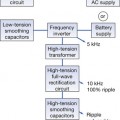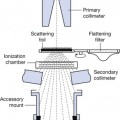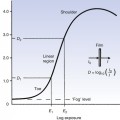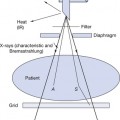Chapter 16 The laws of modern physics
Chapter contents
16.1 Aim
The aim of this chapter is to introduce the reader to the laws of modern physics. In many cases these are refinements or extensions to the laws of classical physics which were discussed in Chapter 3, and in this chapter reference will be made to the laws outlined in Chapter 3. In other areas, there is disagreement between the classical and the modern laws and these will be identified and discussed.
16.2 Introduction
The laws of classical physics were discussed in Chapter 3 and these have been sufficient to explain the phenomena outlined in previous chapters of this text. In the following chapters on atomic and radiation physics, some important aspects of modern physics must be introduced in order to explain many of the phenomena discussed. The purpose of this chapter is to describe the laws of modern physics which are relevant to our need in the rest of the text.
16.3 Classical versus modern laws
One of the essential differences between classical and modern physics is the way in which matter is regarded. In classical physics, matter and energy are completely separate entities and so we have the law of conservation of matter (see Sect. 3.2) and the law of conservation of energy (see Sect. 3.3) with no interconnection being produced between the two laws. In classical physics, matter is supposed to behave in one way – like matter! – and waves are supposed to behave like waves, and one cannot behave like the other; classical physics does not allow for the existence of a particle with a wavelength. There are no such rigid boundaries in modern physics. In particular, the work of Einstein showed that matter can be thought of as being interchangeable with energy if the conditions are right. This principle is known as mass–energy equivalence and will be discussed in more detail later in this chapter (see Sect. 16.4.1). In addition, it is found in modern physics that particles of matter do behave like waves and vice versa and this is known as the wave–particle duality principle(see Sect. 16.6). In this way, an X-ray beam may be considered as photons (particles) which have a specific energy and so can liberate electrons from atoms of the materials they pass through.










